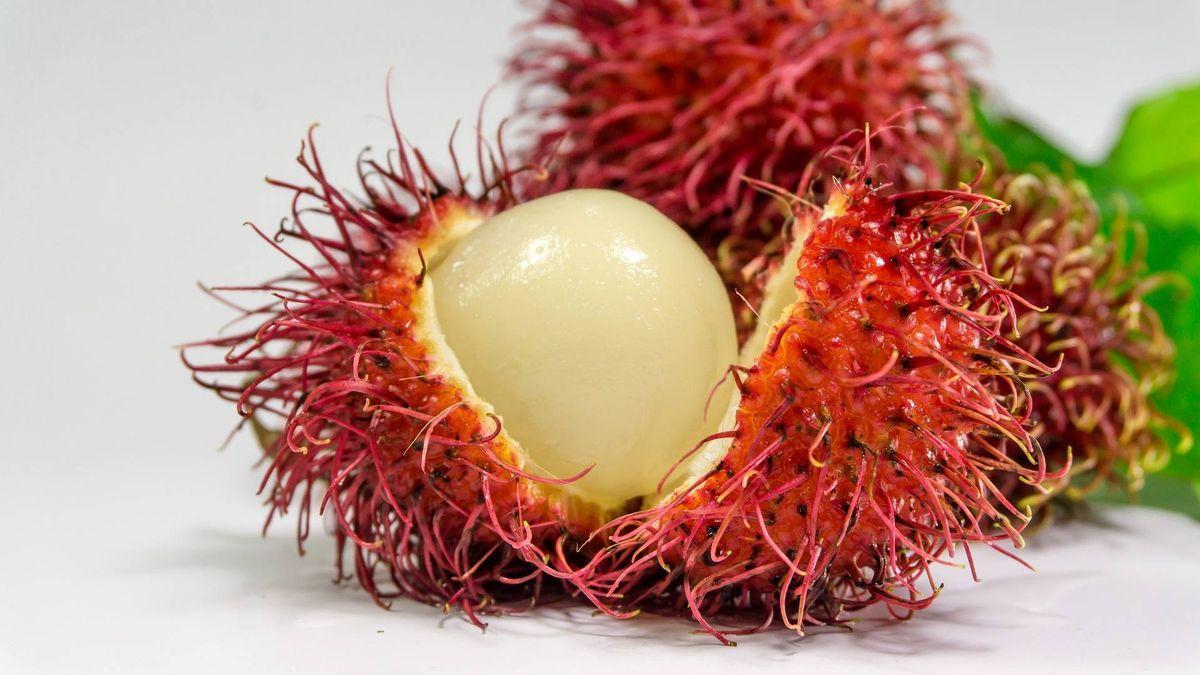Science Editorial, August 31 (EFE).- Members of the Egyptian nobility were mummified with highly complex balms composed of elements from far-flung regions, according to a scientific team that has also reproduced one of them for display in museums.
Pine resin, pistachios, coumarin, and possibly damar, are some of the items found in canopic vessels (for preserving the entrails) that were used to contain the lungs and liver of the noblewoman Sinetnae, who lived in Egypt in the Eighteenth Dynasty, around 1450 BC. C, who was a nurse to Pharaoh Amenhotep II.
The organs of this noble lady were mummified and preserved in four containers in a tomb in the Valley of the Kings, where they were found by Howard Carter in 1900 and two of which are preserved in the August Kestner Museum in Hannover (Germany).
The team of scientists, coordinated by Barbara Huber from the Max Planck Institute for Geosciences (Germany), analyzed the remains of materials found in these canopic vessels.
The study showed that the type of ingredients used in mummification varies depending on the marital status of the deceased.
Based on a review of previous analyzes of mummification balms, the researchers found that those applied to the Senetnae organs were relatively complex compared to those from the same period, and suggest that most of the potential ingredients were probably imported from places outside Egypt.
The analyzed balms contain beeswax, vegetable oils, animal fats, pitch and resins from the conifer family, which includes larch and pine.
In addition, the presence of coumarin, which has a vanilla-like odor, has been identified and is found in a wide range of plants, such as cinnamon and peas, as well as benzoic acid, which is found in aromatic resins and gums obtained from various plant species. Types of trees and shrubs.
“These complex and diverse components, unique to this early era, offer a new understanding of Egypt’s sophisticated mummification practices and extensive trade routes,” says Christian Lueben, curator at the August Kestner Museum.
Although the compositions of the balsam in both vessels appear very similar, the team identified differences, which could indicate that the compositions differed depending on which organ needed to be preserved. Thus, the vessel designated for storing the lungs contained two substances that were not present in the other.
One of these ingredients is larexol, found in pine resin, and another aromatic resin they suggest is dammar, which is obtained from trees that grow in India and Southeast Asia, or a resin obtained from pistachio trees, which are part of the cashew family.
The team also decided to recreate one of those scents used in mummification, which Max Planck described, in a statement, as “an innovative effort to create a sensory bridge with the ancient past.”
To do this, they collaborated with French perfumer Carole Calvez and sensory museum scientist Sophia Collette-Erich, to recreate the scent based on their analytical conclusions.
This scent, called the “Smell of Eternity,” will be on display at the Moesgaard Museum in Denmark in an upcoming exhibition that will offer visitors a unique sensory experience: experiencing a direct ambient scent from antiquity and perceiving the scent of ancient Egypt.
This smell “represents something more than just the smell of the mummification process,” Hooper said, which for him “embodies the rich cultural, historical and spiritual meaning of funerary practices in ancient Egypt.”
Researchers used advanced analytical techniques such as gas chromatography and mass spectrometry to reconstruct the materials that helped preserve and scent Sinetinnae.
The study also sheds light on the trade connections of the Egyptians in the second millennium BC, as the components of the balm show that the ancient Egyptians were supplying them with materials from outside their kingdom from an early time, explained Nicole Boivin, the project’s lead researcher.
Among those imported ingredients were pine resin, which probably came from the northern Mediterranean, and possibly damar, which comes exclusively from trees in the tropical forests of Southeast Asia. Evie
cr/icn





